Description
hardware flow control. It is an ideal choice in the field of industrial automation.
Email: 3221366881@qq.com
Implementation of communication between ABC industrial robot and PLC based on DeviceNet fieldbus technology
introduction
In modern production systems, industrial robots and PLCs need to communicate and collaborate to complete production tasks. That is, the
industrial robots output signals to the PLC, allowing the PLC to control related equipment to drive the robot”s front-end tools. This article
mainly analyzes the communication problems between ABB industrial robots and PLC based on DeviceNet fieldbus technology.
DeviceNet is a common network communication method in the field of automation. ABB industrial robots establish a network to communicate with
Siemens PLC based on the DeviceNet network.
1Configure DSQC652
There are mainly 5 types of standard I/0 boards commonly used in ABB industrial robots [2]. Except for the different addresses assigned to
them during setup, their configuration methods are basically the same. This article mainly analyzes the ABB standard I/0 board DS0C652, which
mainly builds communication modules based on the DeviceNet network. The DS0C652 board has a distributed I/O module with 16 digital input and 16
digital output interfaces. The board is installed in the ABB industrial robot control cabinet. First, define the specific operation steps of the DS0C652 board,
enter the teach pendant control panel, then enter the configuration menu (Figure 1), select the DeviceNetDevice menu, and add a template to enter Figure 2.
ABB standard I/0 board is hung on the DeviceNet
network, so the address of the module in the network must be set. The jumpers 6 to 12 of terminal x5 are used to determine the address of the module.
The available address range is 10 to 63. Modify the parameters in the template parameters to complete the DS0C652 board settings. Click the drop-down
menu to select the “Use value from template” row, select
“DS0C65224VDCI/0Device”, and then the parameters that need to be set include the address of the I/0 board in the bus.
Figure 1 Configuring DSQC652
2Configure signals and parameters
After completing the DS0C652 board setting, the I/0 signal setting will be performed. Setting the I/0 signal is the basis for establishing communication with
the PLC. The PLC communicates and transmits data with the ABB industrial robot through the I/0 signal and the DS0C652 board. As shown in Figure 3, in the
signal configuration interface, there are many default I/0 points after the system is established. Modification is not allowed. Click “Add” to add signals. When setting
input and output signals, their address range is 0~15. First, enter the signal menu in the configuration options to set the input and output types, and modify the corresponding parameters.
After completing the settings, the computer prompts that you need to restart the settings. If there are multiple signals that need to be defined and the waiting time
is long after restarting multiple times, you can click “Cancel” and wait for all signals to be defined before clicking the “Yes” button to restart. After the signal settings are
completed, click to select “Input and Output” in the ABB menu to check whether all signals have been set.
Figure 2 Configure DSQC652 parameters
Figure 3 Signal parameter settings
During the signal establishment process, attention should be paid to the DSoC652 port and PLC port addresses used, and the corresponding address table should be
established, as shown in Table 1. The robot interacts with the PLC through I/O signals. During the setting process, there must be no errors in the port and address number
of the PLC connected to the DSoC652. If the address is set incorrectly, the communication between the robot and the PLC will not work properly.
The entire robot teaching pendant setting process is shown in Figure 4.
IC754CKF12CTD operator interface device
IC754CKF08CTD 8″ color TFT display
IC754CGL06CTD TFT color touch screen terminal
IC754CGF08CTD operator terminal
IC754CBL06MTD QuickPanel
IC754CBL06CTD GE operator interface
IC754CBF15CTD micro computer interface device
IC754CBF12CTD General Electric Quick Panel
IC754CBF08CTD operator interface
IC754VBF15CTD 15 inch TFT screen
IC200ALG262 8-point analog current input module
LENZE EPZ-10203 Extension Board
MICROSET CP-9200SH/SVA Series SVA Servo Module
ALSTOM TRVC062105000 TRVC070938000 TRVC070938005.A
ALSTOM SDK-C0167-1 12004-08-01 SBS07M076B
ALSTOM SDK-C0147 12004-101-00 SBS04M17C
ALSTOM NRD109475 8RDA44670G01 SA44670.E
ALSTOM NRD108034 8RDB44674G01 SA44674.C
ALSTOM NRD108033 8RDC44667G01 SA44667.C
ALSTOM NRD108031 TRVC070999000 BOTTOM
ALSTOM NRD108028 8RDB43655 SA43655.E
ALSTOM N897163510Q N897163050Q MODEM N897163100U
ALSTOM N897093511D N897093051D DIAGNOSTICA N897093400H
ALSTOM N897092520B N897092057Y TRENO N897092500E
ALSTOM N897066510E N897066010M AOVD N897066000A
ALSTOM N895609510K N895609010R E32OUT N895609100P
ALSTOM N895600512D N895600051C ECPU_1 N895600200Q
ALSTOM N895313512X N95313012D SUP-AL N895313000R
ALSTOM MLU VER.A01 controller
LWN2660-6EG 3BHL000986P7002 DIN Rail Power Supplies POWER SUPPLY
HIMA F8627X 984862765 communication module
HIMA F8621A 984862160 CPU Module
ALSTOM CMU 42015-115-00 module
ABB CI858K01 3BSE018135R1 DriveBus Interface
ALSTOW ANAFAZE CAS200 alert scanner
ALSTOM 730475-D ELEMENTS-F2 PCD board
ALSTOM 42011-106-00 A01 ITC_VIOM_VIOC VER.A01
ALSTOM 12004-102-01 VPS BOARD VER.C
HIMA H51q-HRS B5233-2 997205233 central rack 19 inches, 5 HU
HIMA H51q-H B5233-2 997235233 central rack 19 inch, 5 HU
A-B 1746-TB3G terminal base
1794-ASB Flex I/O Communication Adapter
A-B 1794-OB8EP Flex I/O Digital DC Output Module
Allen-Bradley 1794-IE8 Flex I/O analog input module
A-B 1794-IR8 Flex I/O RTD Module
Allen-Bradley 1794-IB16 FLEX I/O Input Module
Schneider TSX3721101 Modular Base Controller 24 V
Allen-Bradley1756-EN2T EtherNet/IP Bridge Module
1756-IF16 ControlLogix Analog Input Module
Allen-Bradley 1756-PA72 ControlLogix Standard Power Supply
1756-A7 Small and compact chassis
S22460-SRS S200 Brushless Servo Driver
KSD1-08 KUKA 00-122-284 Servo Module
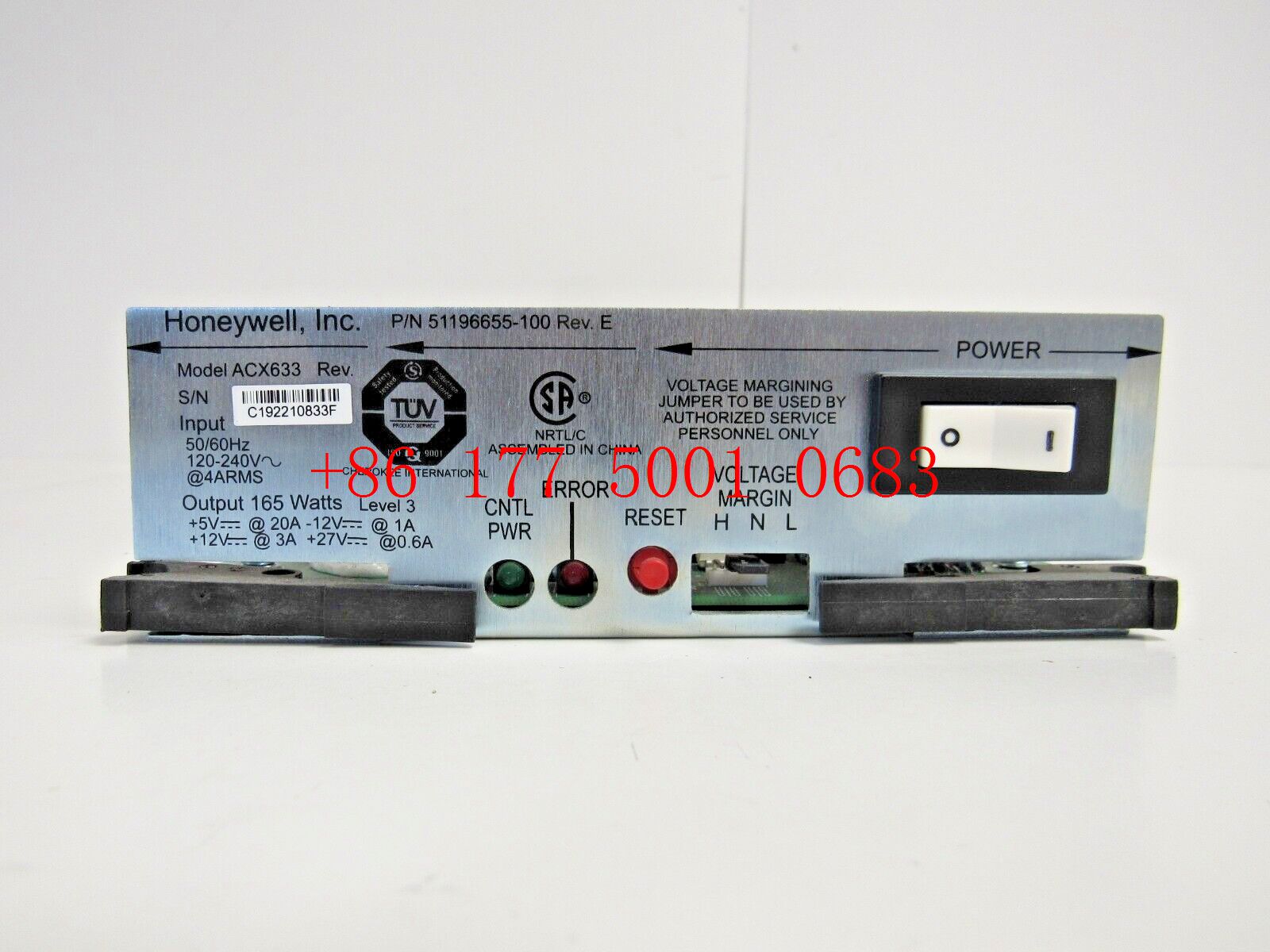
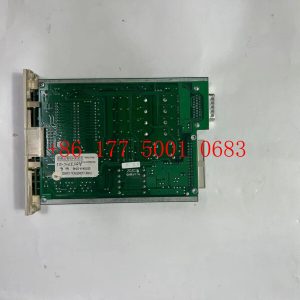
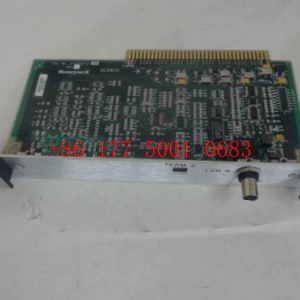
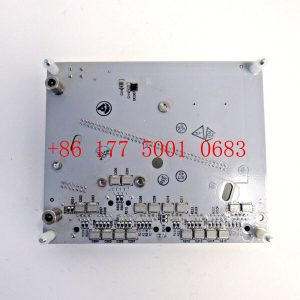
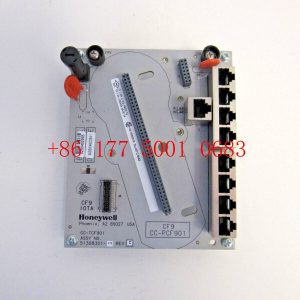


Reviews
There are no reviews yet.